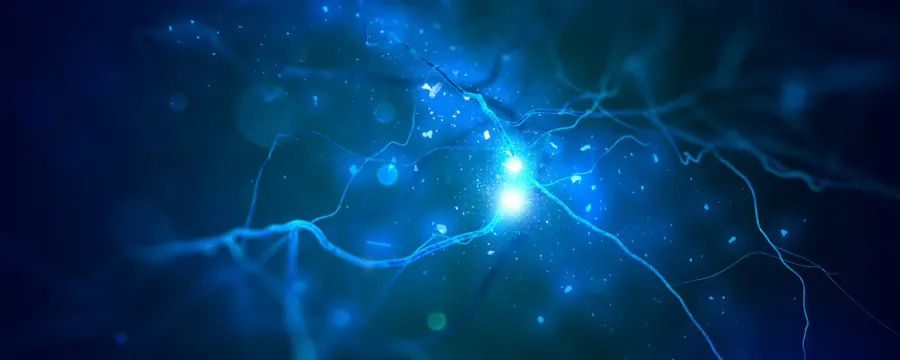Table of Contents
Growing Issue of Abuse
Why is Gabapentin Dangerous?
Gabapentin Withdrawal Symptoms
The generic drug Gabapentin (brand name Neurontin) is an anticonvulsant drug prescribed to patients to help with seizures. It is also prescribed to alleviate a type of nerve pain associated with shingles and detoxing from other substances. Off-label, it has been used in Restless Leg Syndrome (RLS) and migraine management.
Growing Issue of Abuse
Gabapentin abuse occurs when too much of the drug is taken, or when it is used in combination with other substances. Too much of the drug can cause damage to the liver, kidney, and brain. In many cases, it has been the cause of death by overdose when used in this manner. Gabapentin mixed with other substances can cause drug interactions that affect autonomic life-sustaining functions such as heart rate, blood pressure, and breathing.
Why is Gabapentin Dangerous
How Gabapentin works is still not totally understood. Gabapentin has a similar structure to gamma-aminobutyric acid (GABA). GABA is a neurotransmitter that controls the inhibitory signals in the brain. Gabapentin might alter GABA and glutamate, the excitatory signals, transmitted by the brain.
Gabapentin is a central nervous system depressant that affects the brain. Over time, the brain gets used to the presence of Gabapentin, and the brain changes what it produces. When Gabapentin is stopped or dosage decreased, the brain needs to compensate for the missing Gabapentin. The brain may struggle as it regains this loss. During this period, withdrawal symptoms might occur. Symptoms are physical and psychological.
Gabapentin Withdrawal Symptoms
Because its mechanism of action causes changes in the brain chemistry of a dependent individual, physiological dependence can occur for this antiepileptic drug, especially with higher doses of gabapentin. With physical dependence, great care is needed to manage dosing as a tapered medical detox is highly recommended to deal with the adverse withdrawal effects. There is a risk of seizures returning from abrupt discontinuation of gabapentin, especially for those with a seizure disorder.
Symptoms of gabapentin withdrawal can appear as early as 12 hours after stopping Gabapentin, while some symptoms may take 7 days to appear. Adverse effects can last 10 days or more and vary greatly from person to person and depend upon many factors, such as longevity of use, dosage during use, and even heredity.
Below is a list of possible withdrawal symptoms:
- Anxiety
- Confusion
- Agitation
- Disorientation
- Sweating
- Dizziness
- Fatigue
- Nervousness
- Restlessness
- Heart palpitations or irregular heartbeat
- Headache
- Insomnia
- Itchy skin
- Light sensitivity
- Muscle pain
- Tremors
- Increased seizure activity (e.g. uncontrollable Seizures)
- Suicidal thoughts or behavior
In terms of the overall withdrawal process, it is noted that the earlier stages (from 12 to 24 hours) can yield the most severe withdrawal symptoms. By the third day, the worst is typically over. Some have more severe symptoms of withdrawal like changes in heart rate or hallucination. Within the first week, most symptoms have subsided; however, few experience lingering anxiety and depression.
The best way to prevent severe symptoms during withdrawal is to taper the dosage of gabapentin under medical supervision. If prescribed Gabapentin, only alter dosages with doctor approval. Under all circumstances, proper medical care can help manage the effects of withdrawal from Gabapentin.
A medical professional is your best resource, and they can give guidance on the uncomfortable side effects of the drug. It is important, as always, to share your medical history in terms of both mental health and physical health (including history of drug use) so they can make a better assessment on your treatment based on risk factors. Your quality of life can return with careful intervention. Treatment options are available with your. medical professional.
If you or a loved one is struggling with overcoming addiction issues, New Choices Treatment Centers can help! Our Camino Pathway Program is an innovative approach to addiction recovery that guides you to a new, healthier you.








Thanks For The Information Very Much.
What the worst thing can happen when you have a brain blocked on side of the head stop gabapentin with out asking your doctor
The withdrawal from Gabapentin has been rough. I’ve been on a high dose for three years, after spine surgery. The worst is over and I’m starting to feel better, it’s been a tough year
Thank you for this information! Sometimes just a few words can quell anxiety, and if you’re like me, that’s the worst part.